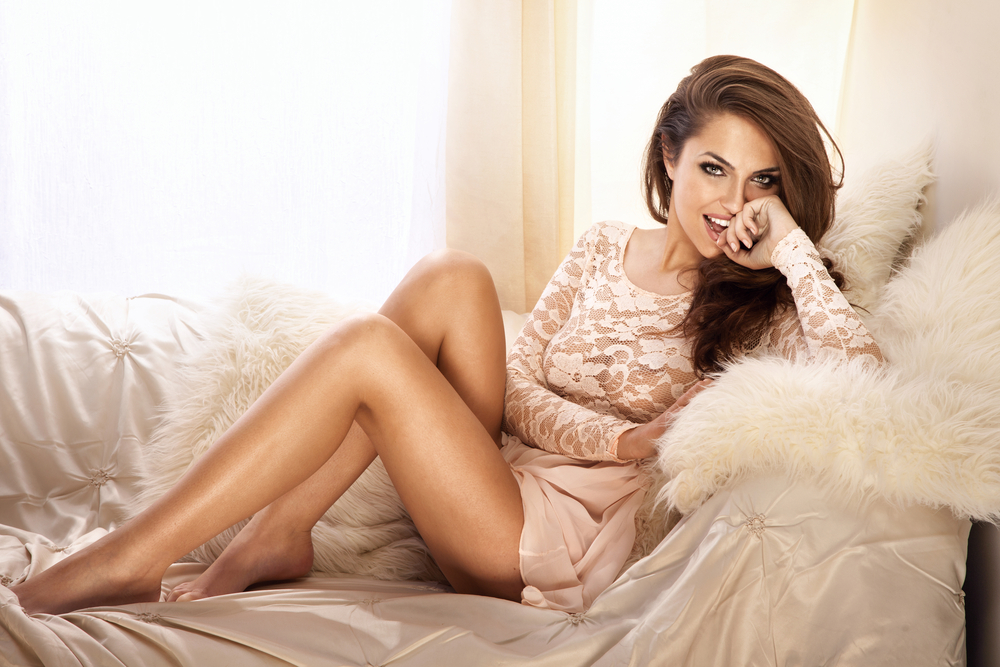
To the average person, modeling may seem like a glamorous profession where individuals simply pose in front of a camera, effortlessly producing stunning photographs. However, behind those captivating images lies a process that requires skill, technique, and practice. A successful model is more than just a pretty face; they are skilled artists who understand how to use their body and facial expressions to convey emotions and tell a story. In this article, we will delve into the art of modeling (by models) , exploring the key elements of mastering poses and expressions for truly breathtaking photoshoots.
The Power of Posing
Posing is an essential component of modelling . It allows models to showcase their bodies and highlight the garments or products they are displaying. A good pose can accentuate a model's best features and create visual interest in an image. It is crucial for a model to understand their body and learn how to manipulate it in front of the camera.
One of the fundamental aspects of posing is body awareness. Models must know their angles and how different poses can change their appearance. Experimenting in front of a mirror can help models discover the poses that work best for them and their body type. They can play with different positions, angles, and gestures to find their own unique style and signature poses.
Another vital skill for models is understanding the concept of negative space and how to utilize it effectively. Negative space refers to the area around the model, and it can create balance and visual harmony in a photograph. Models can use negative space to draw attention to themselves and create a sense of movement, resulting in captivating images that hold the viewer's gaze.
The Language of Expressions
While poses are crucial for modeling , expressions are equally as important. Facial expressions have the power to transform an image and evoke specific emotions in the viewer. A well-executed expression can make a photograph memorable and convey a story or message.
Models should learn how to portray a wide range of emotions, from joy and happiness to sadness and contemplation. Practice in front of a mirror or with a photographer can help models explore different expressions and their subtleties. Understanding how to use the eyes, mouth, and overall facial muscles can make all the difference in creating powerful and captivating photographs.
It is essential for models to communicate effectively with the photographer and understand the vision or concept behind the photoshoot. This way, they can tailor their poses and expressions to align with the intended mood and style. Collaboration between the model and the photographer is key to capturing the desired image and creating a successful photoshoot.
Frequently Asked Questions
Q: What are some tips for finding my own unique style and poses as a model?
A: Experimenting in front of a mirror is a great way to discover and develop your own unique style and signature poses. Try out different positions, angles, and gestures to see what feels most natural and flattering for your body type.
Q: Can modeling be learned, or is it something you have to be born with?
A: While some individuals may have a natural inclination towards modeling, it is a skill that can be learned and perfected with practice and dedication. Taking modelling (or modeling) classes and working with experienced professionals can help you develop the necessary skills and techniques.
Q: How important is it for models to maintain physical fitness?
A: Physical fitness is crucial for models as it allows them to move gracefully and maintain their body proportions. Regular exercise and a balanced diet can help models stay in shape and have the stamina required for long photoshoots.
Q: How can I improve my ability to convey emotions and expressions as a model?
A: Practice is key to improving your ability to convey emotions and expressions as a model. Spend time in front of a mirror experimenting with different facial expressions. Study the works of experienced models and try to replicate their expressions. Work with photographers who can guide you and provide feedback.
Q: How can I effectively communicate with a photographer during a photoshoot?
A: Open communication is essential between a model and a photographer during a photoshoot. Before the shoot, discuss the concept, mood, and style with the photographer to ensure you both have a clear understanding of the vision. During the shoot, ask for feedback and clarification if needed and be open to the photographer's guidance and direction.
Modeling is an art form that requires more than just looking pretty; it demands skill, technique, and the ability to communicate through poses and expressions. Mastery of these elements takes time and practice, but with dedication, any aspiring model can refine their skills and create stunning photographs. Remember, modeling (or modelling) is not just about standing in front of a camera – it is about telling a story with your body and captivating the viewer with your artistry.
Other useful resources
- https://en.wikipedia.org/wiki/Category:Models_by_modeling_agency